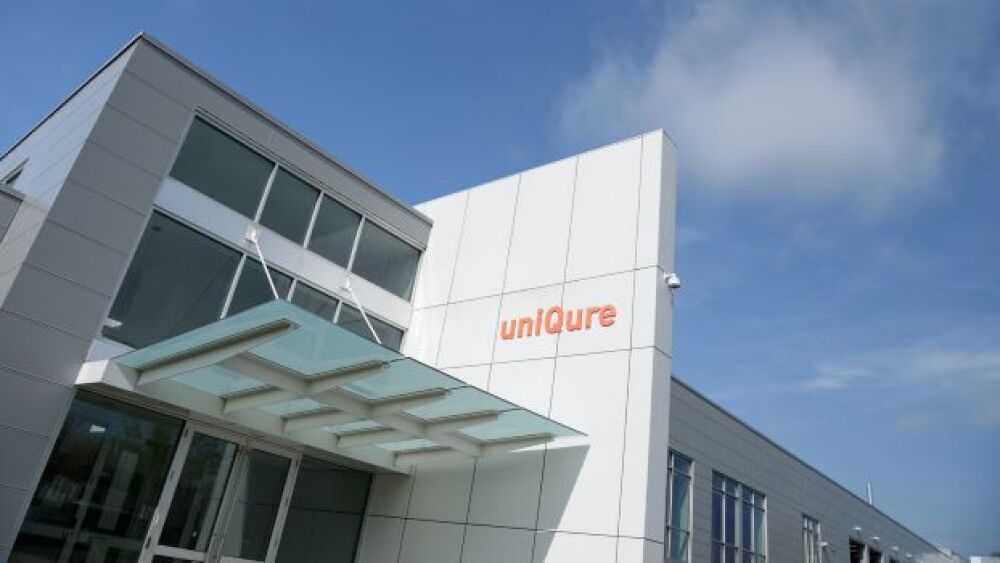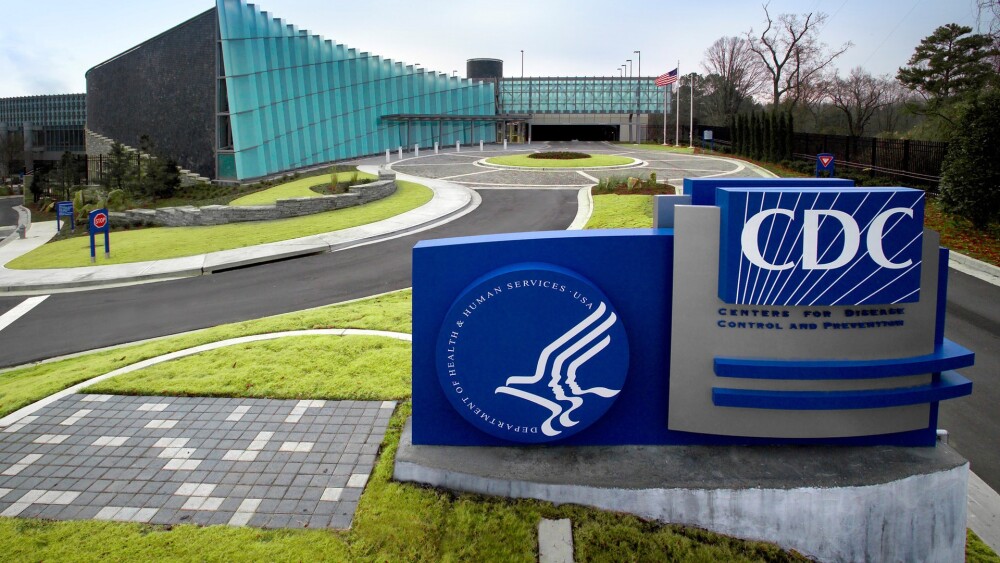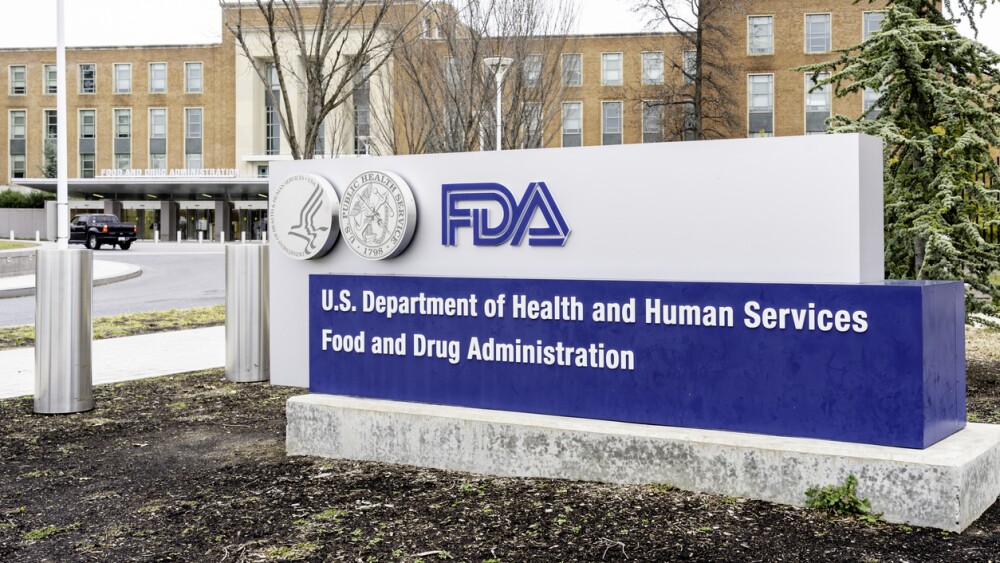In its Q2 earnings call Thursday, Novartis said it is moving quickly to reshore its drug manufacturing operations, but CEO Vas Narasimhan told reporters that for most medicines, it typically takes three to four years to completely relocate production.
Novartis is bringing its drug manufacturing operations and moving to produce all of its key medicines for the American market in the U.S., CEO Vas Narasimhan said on Thursday while presenting the pharma’s second-quarter earnings.
The centerpiece of this domestic push is a “$23 billion commitment to new investments in the U.S.,” Narasimhan said, noting that the company has recently signed a lease agreement for a “large-scale research facility in San Diego.” Novartis has also started construction on “another new radioligand therapy facility,” he added, without noting its size or location.
“We’re moving as fast as possible to ensure that within the next few years we’re able to produce our key medicines [in the U.S.] and therefore fully mitigate the tariff impact,” Narasimhan said.
President Donald Trump earlier this week said that pharma tariffs—which he also said could reach as high as 200%—could come as soon as Aug. 1, according to several media reports. The impact of such a levy, Narasimhan said, would be “significant” for Novartis’ business, though without much information about how the tariffs will be implemented, the exact effects will learned on a case-by-case basis for each product, he added.
Trump has also previously said that he would give pharma companies a grace period of “about a year, a year and a half” to adjust their supply chains. And while Narasimhan said that Novartis is working to “accelerate” its efforts to reshore its manufacturing, moving production of “most medicines” from one location to another typically involves a “3- to 4-year horizon,” he explained on the call.
“We’re hopeful that the administration gives consideration to companies like us who are making the investments to move our productions in the U.S.,” Narasimhan said.
Novartis reported its Q2 earnings on Thursday, touting an 11% year-on-year growth, to bring in just over $14 billion for the quarter. The heart failure drug Entresto was again Novartis’ top-selling asset with nearly $2.34 billion in Q2 sales. These earnings could come under threat of generic competitors after a New Jersey judge on Tuesday ruled that the pharma cannot prevent copycat versions of Entresto from entering the market, according to reporting from Reuters.
Among the company’s biggest growth drivers are the breast cancer drug Kisqali, which jumped 64% to hit sales of nearly $1.18 billion, and the leukemia drug Scemblix, which surged 79% to earn almost $300 million in the quarter.
Leqvio, for treating hyperlipidemia, saw a 61% year-on-year growth and reached nearly $300 million in sales.
As for its pipeline, Novartis disclosed on Thursday that its investigational antibody ianalumab failed a Phase II study of the dermatological condition hidradenitis suppurativa. The company will no longer take ianalumab forward.
Looking ahead toward the rest of the year, Novartis raised its 2025 outlook and now expects its net sales to grow in the high single-digit range. The company anticipates its core operating income to grow in the low-teens range.






